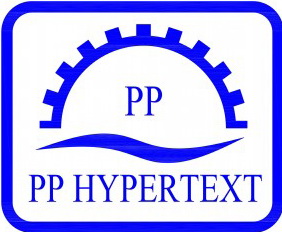Reverse Osmosis system


Reverse osmosis (RO) is a process that forces a feedwater stream containing dissolved impurities (salts and organics) through a semipermeable membrane into two separate streams: one of removed solids (concentrate or reject) and one of purified water, producing soft permeate water.
As the feedwater passes through the membrane, the ions and organics are left behind in the reject and the permeate remains with 96 to 98 percent fewer impurities. Permeate recoveries are typically limited to 75 percent because of the limited solubility of the dissolved salts left behind in the reject.
The key to the success of any reverse osmosis operation is the design and attention to pretreatment equipment. Aside from multimedia filtration for the removal of suspended particles and colloidals, sodium regenerated ion exchange is occasionally used as pretreatment for RO systems. These softener systems are sized to feedwater hardness and therefore alleviate scale on the RO membranes. Often it is more economical and practical for the end user to replace mechanical softeners with scale inhibitors. A calculation program can take into account the flow rate of the softener, total hardness (as CaCO3), cost of salt, electricity and labor as well as the costs of freshwater and wastewater disposal, to analyze the cost of operation and make the best decision.
In most cases the installation of a softener in a new RO installation is unnecessary and costly. With this information, one could offer the end user significant ROI savings by valving off the ion exchange unit and replacing it with antiscalant technology.
Replacement membrane
-
Superpulsator® Clarifier The Superpulsator Clarifier combines basic chemical principles and proven clarification technology in a high-rate, solids contact clarifier that offers m...
- Conventional Water Filtration Sand filter Pressure sand filters (PSF) are used in many industrial applications and often are popularly termed rapid sand bed filters. RPSF consi...
- Demineralization System Demineralized Water also known as Deionized Water, Water that has had its mineral ions removed. Mineral ions such as cations of sodium, calcium, iron, c...
- Bio Wastewater Treatment. Theactivated sludgeprocess is the most commonly applied biologicalwastewater treatmenttechnology. In this process, a bacterialbiomasssuspension (theactiva...



